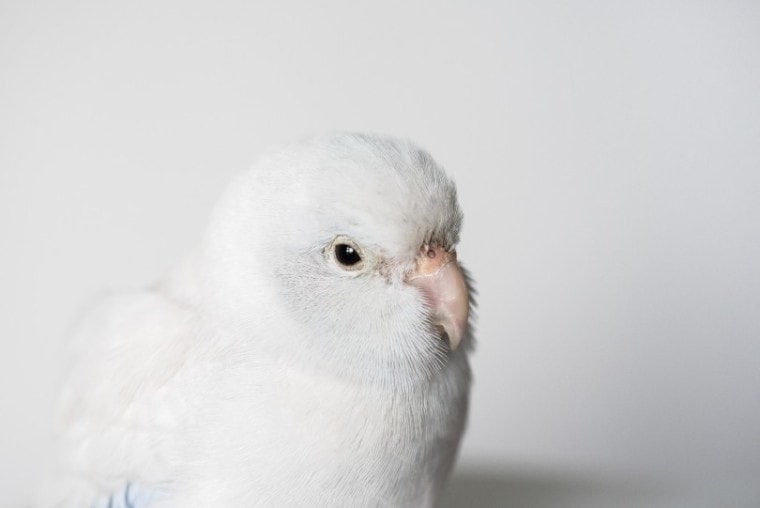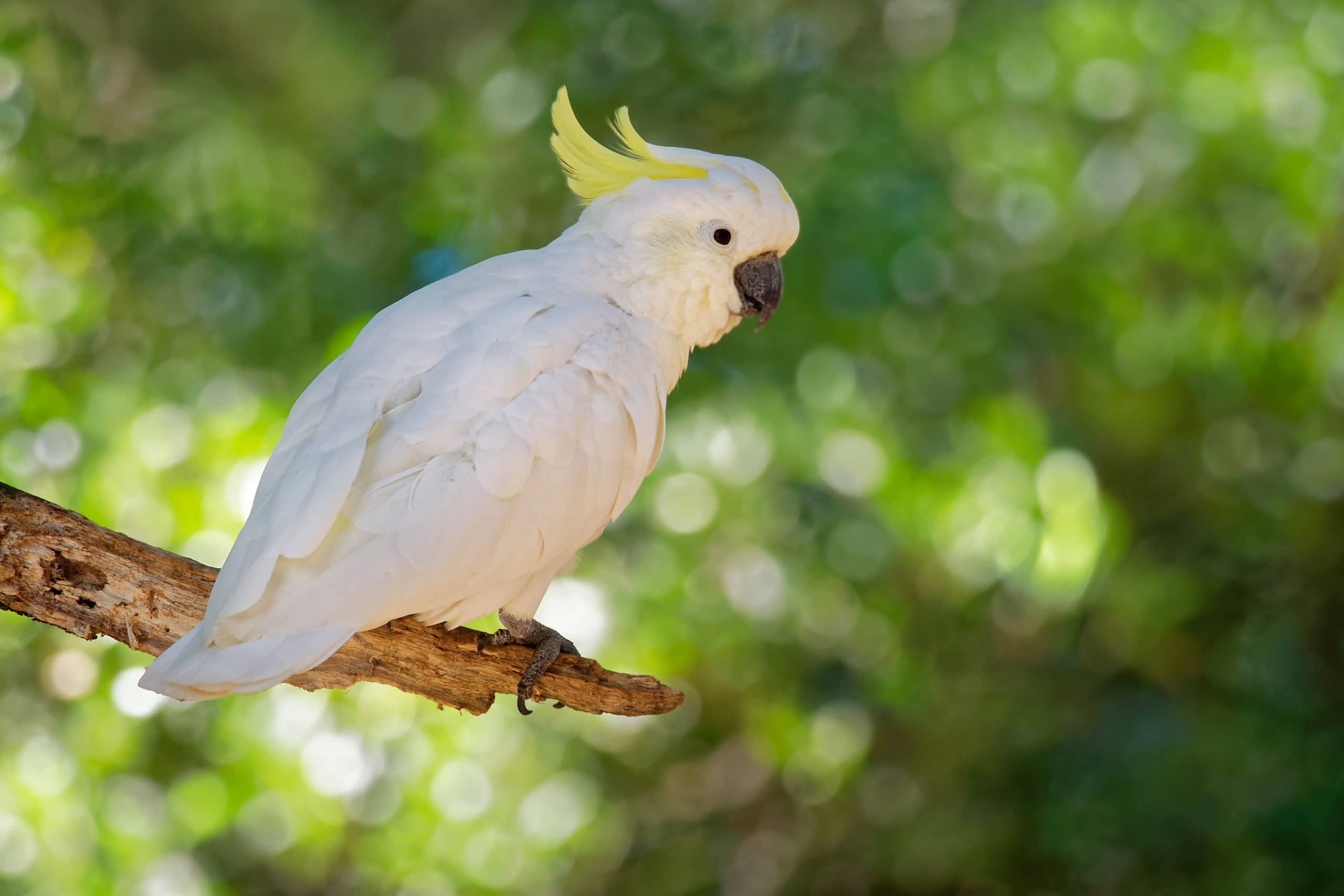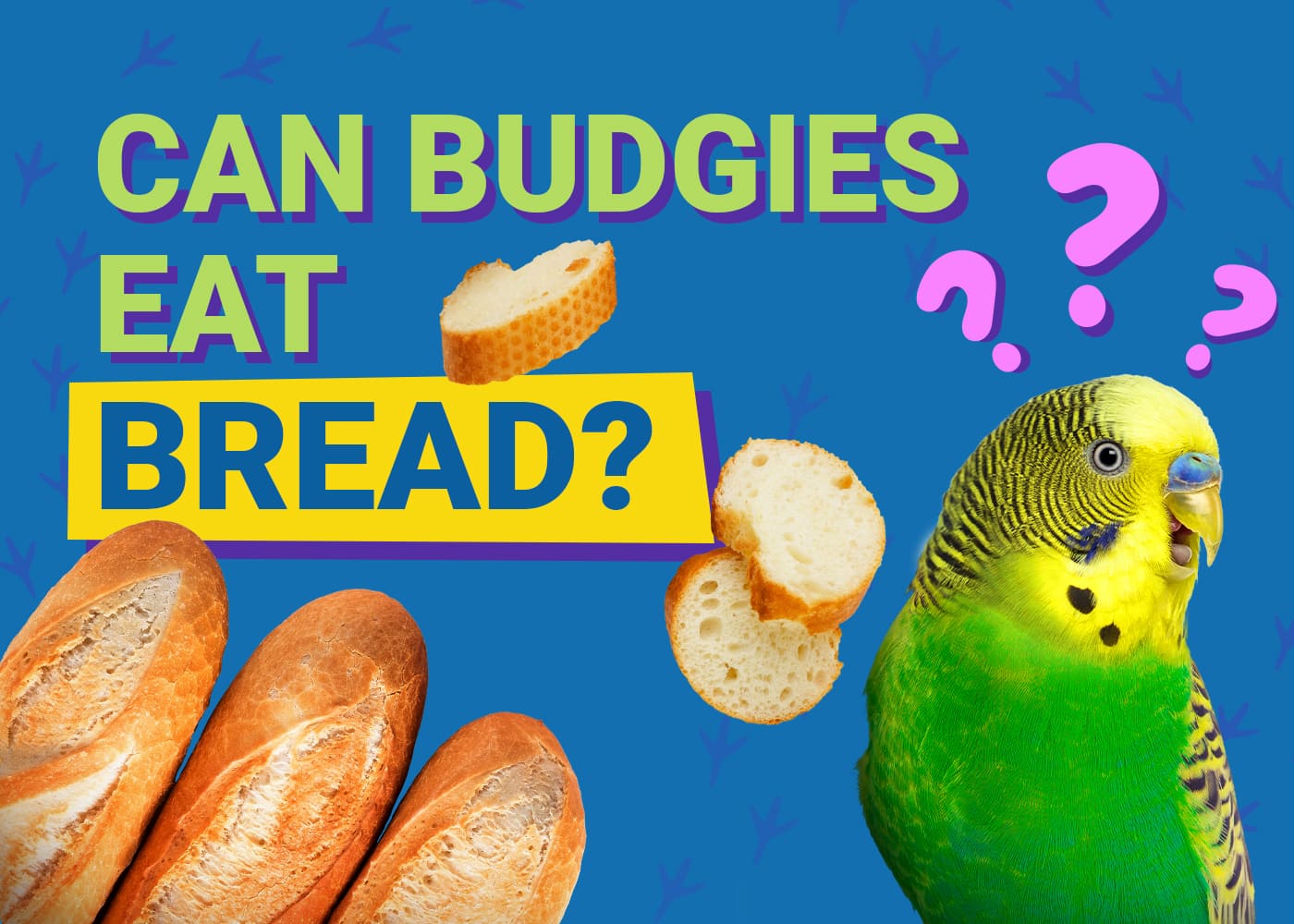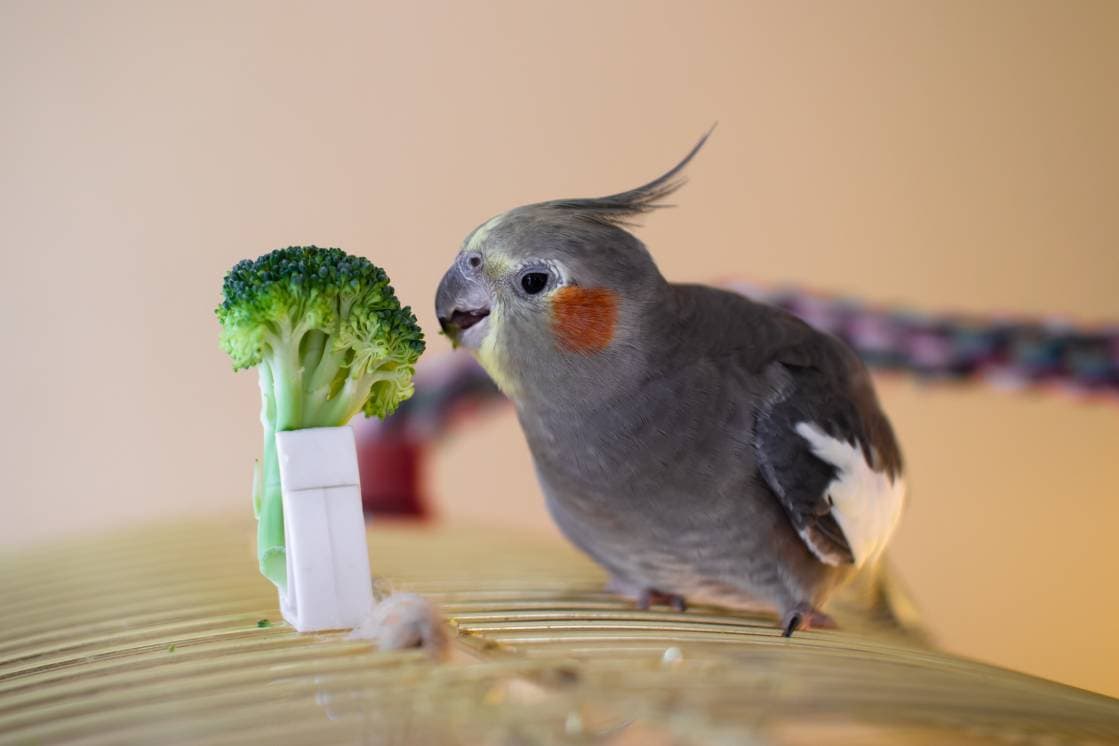
Within the large family of pet birds, there is one that is super tiny and not very noisy: meet the American White Parrotlet, which is a color mutation of the Pacific parrotlet species. While this tiny bird lacks the screaming skills of other parrots, it is nonetheless intelligent, funny, curious, and acrobatic. In fact, he is the smallest parrot in the world but has a strong personality, exuding great charisma and a powerful beak for his size. His temperament is that of a large parrot trapped in a small body and eager to show everyone that he deserves attention.
Read on to learn all about the origin, history, colors, and mutations, and where to adopt or buy one of these amazing birds!
Species Overview

| Common Names: | Pacific parrotlet, Lesson’s parrotlet, celestial parrotlet |
| Scientific Name: | Forpus coelestis |
| Adult Size: | 4.3–5.5 inches long ; Weight: 30 grams |
| Life Expectancy: | 15 years |
Origin and History
The American White Parrotlet is a small bird native to Latin America. In the wild, it is mainly found in Ecuador and Peru, where it is quite widespread. It lives mainly in wooded and dry regions.
The name “Pacific parrotlet” is generally accepted as the most commonly used. But, depending on the geographic regions, this bird may be called differently. This is particularly the case in Europe, where it is frequently encountered under the term celestial parrotlet, or even sparrow parakeet, although it is not generally classified with other parakeets. In America, it is more commonly referred to as the Pacific parrotlet, Lesson’s parrotlet, or even pocket parrotlet due to its mini size.
It belongs to the Psittacidae family, which includes parrots, parakeets, and cockatoos, among others.
American White Parrotlet Colors and Markings

The original color of the Pacific parrotlet, which matches that of the bird in the wild, is predominantly green. The feathers are greyish on the upper part of the body (back and wings), and its tail is green. Its sides and chest are green, tinged with gray. The facial mask – forehead, cheek, and throat – is delimited by a lighter and rather vivid green. Its beak is gray, its eyes are brown, and its legs are pink-brown.
Quick and Basic Explanation of Mutations
The coloring of the plumage of birds is done mainly thanks to two types of pigments:
Melanin pigments are made up of two types called eumelanin and pheomelanin. Eumelanin is responsible for dark pigmentation (black, gray, dark brown, etc.) and pheomelanin for lighter pigments (fawn, orange, brown, etc.).
Carotenoid pigments generate yellow or orange, even red, and brighter tints.
Where to Adopt or Buy an American White Parrotlet

The price range for a parrotlet is between $200 and $300. However, since the American White Parrotlet is a specific mutation of this species, you should expect to pay a bit more. Besides, it is not that easy to find a reputable breeder of this particular parrot online. You will therefore need to do extensive research in your area and visit potential breeders to ensure that the living conditions of your future feathered companion are optimal. And if you are looking to purchase a baby American White Parrotlet from a pet store, good luck! These little birds are indeed hard to find in pet stores, so your best bet would be to find a local breeder – or ask your avian vet for good referrals.
Final Thoughts
Living with this charismatic little bird will give you all the experience of owning a parrot, but without the complications that can arise with these larger species of birds. However, the American White Parrotlet can be very stressed in homes with multiple animals or young children. If these aren’t problems for you, then an American White Parrotlet will provide you with many years of entertaining and lovable companionship.
See also:
Featured Image Credit: Yokwar, Shutterstock








